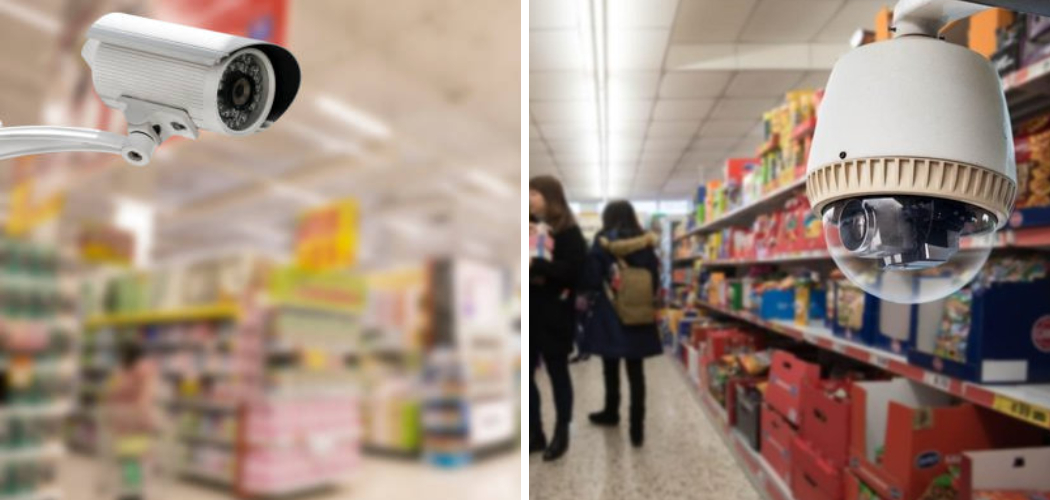In today’s increasingly monitored environment, store surveillance cameras are crucial in ensuring safety and security. Whether you’re involved in an investigation, filing an insurance claim, or seeking evidence for a personal matter, knowing how to get security camera footage from a store can be indispensable. This comprehensive guide will walk you through the necessary steps to access store security footage, from understanding legal requirements to effectively communicating your request and ensuring the ethical use of the obtained material. By following these guidelines, you can navigate this complex process with confidence and precision.
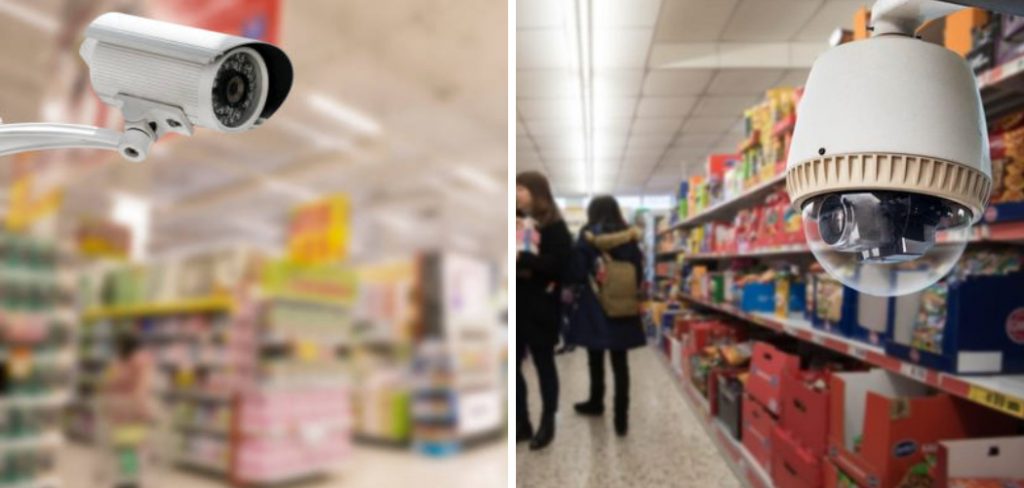
Understanding Legal Considerations
When seeking access to security camera footage from a store, it’s crucial to understand the privacy laws and regulations that govern the collection and use of surveillance footage. Various jurisdictions have different rules in place to protect individuals’ privacy and ensure that surveillance is conducted lawfully. Key legislation often requires businesses to inform customers about the presence of security cameras and the purpose of their use.
Obtaining lawful access to surveillance footage generally requires meeting specific conditions, such as obtaining consent from the store owner or manager. In cases where consent is not easily granted, legal documentation such as a subpoena or warrant may be necessary. Subpoenas are often required in civil cases, whereas warrants may be needed in criminal investigations. It’s important to demonstrate the relevance and necessity of the footage to the incident in question.
The legal landscape can vary significantly between jurisdictions. For instance, state or provincial laws may have different requirements than federal regulations. Understanding these differences is essential for ensuring lawful access to the footage. Before proceeding, consulting with a legal expert or law enforcement can provide valuable insights into the specific legal requirements that must be adhered to in your area.
Tools and Materials Needed
To successfully obtain security camera footage from a store, you will need the following tools and materials: contact information for the store or business, any necessary legal documentation, such as a subpoena or warrant, and a digital storage device, such as a USB drive or external hard drive.
How to Get Security Camera Footage from A Store: Contacting the Store
When contacting a store to request security camera footage, it’s important to identify the correct person or department responsible for handling such requests. Typically, this responsibility lies with the store’s security or loss prevention team, but it may fall to the store manager or owner in smaller establishments. To find the right contact, you might consider calling the store beforehand to ask which department handles security footage.
Once you have identified the appropriate contact, either call or visit the store to make your request; when doing so, provide specific details to help them locate the footage more efficiently. This includes the date, time, and precise location within the store where the incident occurred. Clear communication of these specifics can expedite the process and increase the chances of retrieving the relevant footage.
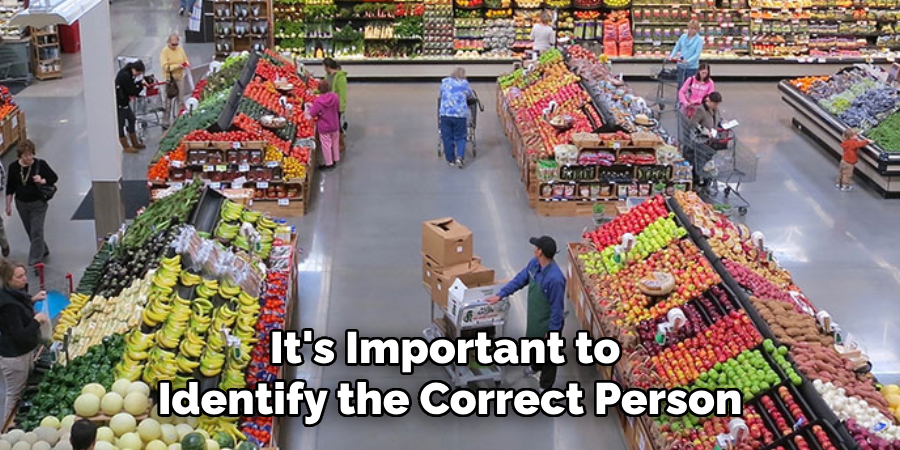
Additionally, be prepared to explain why you need the footage. Whether it’s for a police investigation, insurance claim, or personal concern, clear articulation of your purpose can aid in obtaining the cooperation of store staff. If legal documentation is required, mention that you have it ready, and ensure you carry any necessary documents, such as a subpoena or warrant, to present upon request.
Legal Documentation
Understanding when legal documentation is necessary is critical in the process of obtaining security camera footage from a store. Legal documentation, such as a police report or court order, is often required when voluntary consent from the store owner or manager is not easily obtained. A police report serves as an official record that details the incident and can support the legitimacy of your request for the footage. In civil matters, this documentation can validate your claim and underscore the importance of the evidence you seek.
If mandated by law, obtaining a subpoena or warrant involves a more formalized procedure. A subpoena is a legal document that orders an individual or entity to provide evidence or testify in a judicial proceeding. This may be necessary in civil cases, where access to surveillance footage is crucial for resolving disputes. On the other hand, a warrant is issued by a judge and authorizes law enforcement to perform searches, seizures, or access evidence as part of a criminal investigation. The requirements for obtaining these documents can vary by jurisdiction, so it’s advisable to consult with a legal expert to ensure compliance with local regulations.
When requesting security footage, it is essential to clearly explain the purpose and urgency. Articulate how the footage is imperative to the investigation, lawsuit, or concern at hand. Emphasize any time-sensitive nature of the request, which can help expedite the process. Demonstrating a clear link between the footage and your legal or personal requirements can significantly increase the likelihood of obtaining the necessary documentation and, consequently, the footage itself. Ensure all explanations are thorough and supported by relevant facts and documentation to substantiate your request.
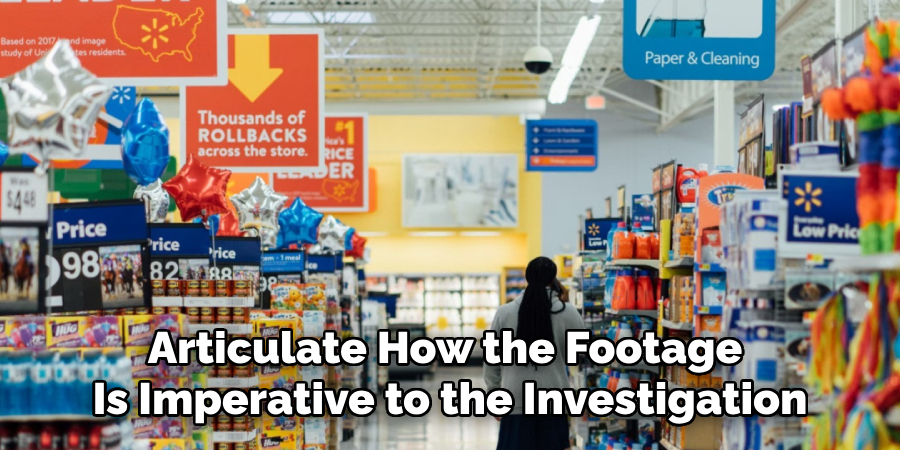
Retrieving the Footage
Once you have successfully contacted the store and complied with the necessary legal requirements, the next step is understanding the store’s procedure for accessing and retrieving the footage. Each store may have a different protocol, so be sure to ask about their specific process. Commonly, you will need to fill out a request form or provide written documentation stating your reasons for seeking the footage.
Be aware that accessing and copying security footage may incur costs. Some stores may charge a fee for the time and resources required to retrieve and duplicate the footage. These costs can vary widely, so it’s advisable to inquire about any potential charges at the outset to avoid surprises.
After obtaining the footage, checking it for clarity and relevance to the incident is essential. Examine the footage closely to ensure it covers the correct date, time, and location you specified. Clear and detailed footage will be more valuable for investigations or claims, so verify that it meets your needs. If the quality is insufficient or the footage is incomplete, you might need to request additional footage or follow up with the store for a better copy. Being thorough in this step will ensure you have the necessary evidence to support your case or claim.
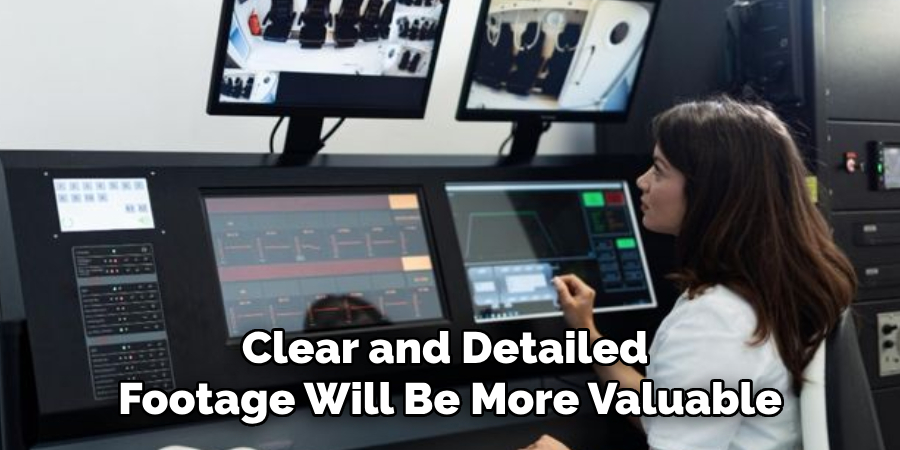
Storing and Using the Footage
Transferring the footage to a secure digital storage device is vital in preserving the evidence. Use high-quality devices like a USB drive or external hard drive to ensure the footage remains intact and easily accessible. Be aware of any specific formats or requirements for the footage, as some legal or insurance entities may require the files in specific formats such as MP4 or AVI.
Ensuring the footage is used in accordance with legal and ethical standards is paramount. Only use the footage for the purpose initially intended, such as a police investigation or an insurance claim. Unauthorized sharing or misuse of the footage can lead to legal repercussions and a breach of privacy rights. Always consult with legal counsel to understand the implications and ensure that all actions taken with the footage are within the scope of the law and ethical guidelines.
Follow-Up and Documentation
Keeping thorough records of all communications and interactions related to your security footage request is essential for maintaining an organized and credible trail. Document every point of contact, whether via email, phone, or in-person discussions, and note the names of store personnel involved, dates, and key points discussed. This helps track progress and provides a valuable reference in future disputes or clarifications.
Follow up with the store or business as needed to ensure your request is being processed in a timely manner. Polite and persistent follow-ups can significantly enhance the chances of a swift resolution. If you experience delays or require additional information, do not hesitate to reach out again.
Upon receiving the footage, it’s important to acknowledge receipt in writing. This acknowledgment should include the date, time, and confirmation that the footage provided meets the specified requirements. Retain a copy of this acknowledgment for your records as it may be needed for future reference or verification.
Frequently Asked Questions (FAQs)
Q1: What Should I Do if The Store Refuses to Provide the Security Camera Footage?
If the store refuses to provide the footage voluntarily, you may need to obtain legal documentation such as a police report, subpoena, or court order. Consulting with a legal expert can help you navigate the processes necessary to compel the store to release the footage.
Q2: How long do stores typically keep their security camera footage?
The retention period for security camera footage varies by store policy, but it generally ranges from a few days to several months. Requesting the footage as soon as possible is crucial to avoid it being overwritten or deleted.
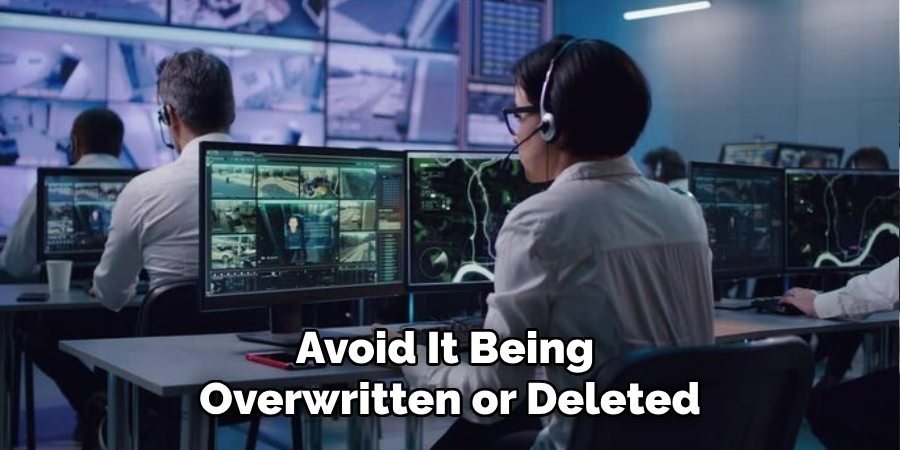
Q3: Can I edit or alter the security footage once I receive it?
No, altering or editing security footage is strictly prohibited as it can compromise the integrity of the evidence. Any modifications may render the footage inadmissible in legal proceedings and could lead to legal consequences.
Q4: Are there any costs associated with obtaining security camera footage from a store?
Yes, some stores may charge a fee for retrieving and duplicating the footage. The cost can vary widely, so it’s advisable to inquire about any potential charges at the outset to avoid unexpected expenses.
Conclusion
Understanding “how to get security camera footage from a store” involves a multi-step process that requires diligence, knowledge of legal requirements, and effective communication. By following the outlined steps—obtaining necessary documentation, adhering to store protocols, and ensuring proper storage and ethical use of the footage—you can significantly increase the likelihood of securing the needed evidence. Being thorough and maintaining meticulous records will support your efforts and potentially strengthen your case or claim. Always consult with legal experts to ensure full compliance with local regulations and safeguard your rights throughout the process.

